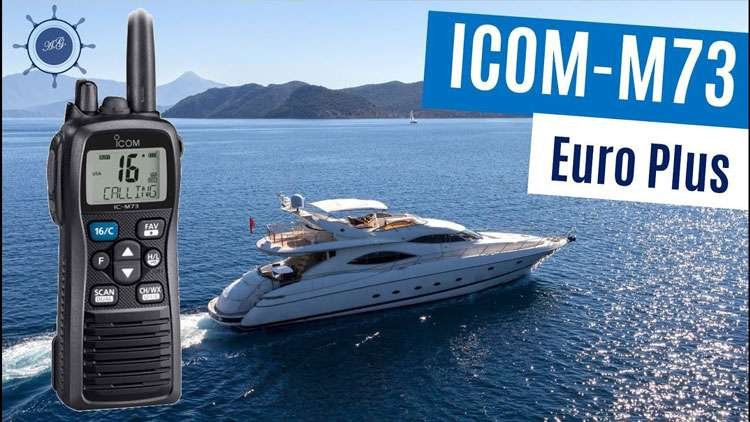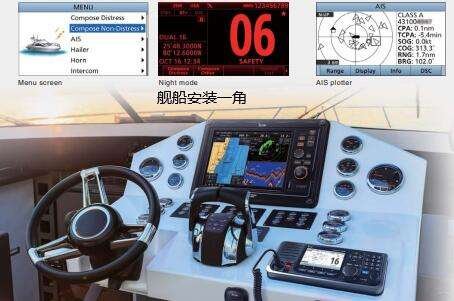I. Introduction
The standard maritime ship radio is an essential device for ship communication, operation, and safety management, operating in the VHF (Very High Frequency) band. Observant individuals will notice that this specialized radio typically has three built-in frequency groups: INT (International), USA (United States), and CAN (Canada). These are used by ships in actual work to select specific channels based on their nationality, location, industry system rules, and internal agreements.

II. Selection of Specific Channel Groups
Upon examining the frequency settings of the INT, USA, and CAN groups, one can find that the USA and CAN groups are merely modifications of the INT group, where an excessive number of duplex channels in the INT group have been converted into simplex channels. For instance, the CAN group has converted ch60–62, 64, four duplex channels into simplex channels; the USA group has converted even more duplex channels into simplex channels, with as many as 43 co-frequency channels.

Given the above situation, unless users specifically stipulate the group and frequency, ship-to-ship direct communication can agree to select the USA group with more co-frequency channels for more flexible channel selection. That is to say, according to business needs, one can choose the more convenient working group based on the characteristics of the three groups.
It’s important to note that the selection of frequency groups should also consider factors such as signal strength, interference, and regulatory requirements. The use of VHF maritime frequencies is governed by international agreements and national laws, which designate certain channels for specific uses, such as distress signals, port operations, or recreational boating. Therefore, users should ensure they are familiar with these regulations when selecting channels to avoid potential legal issues or communication conflicts.
